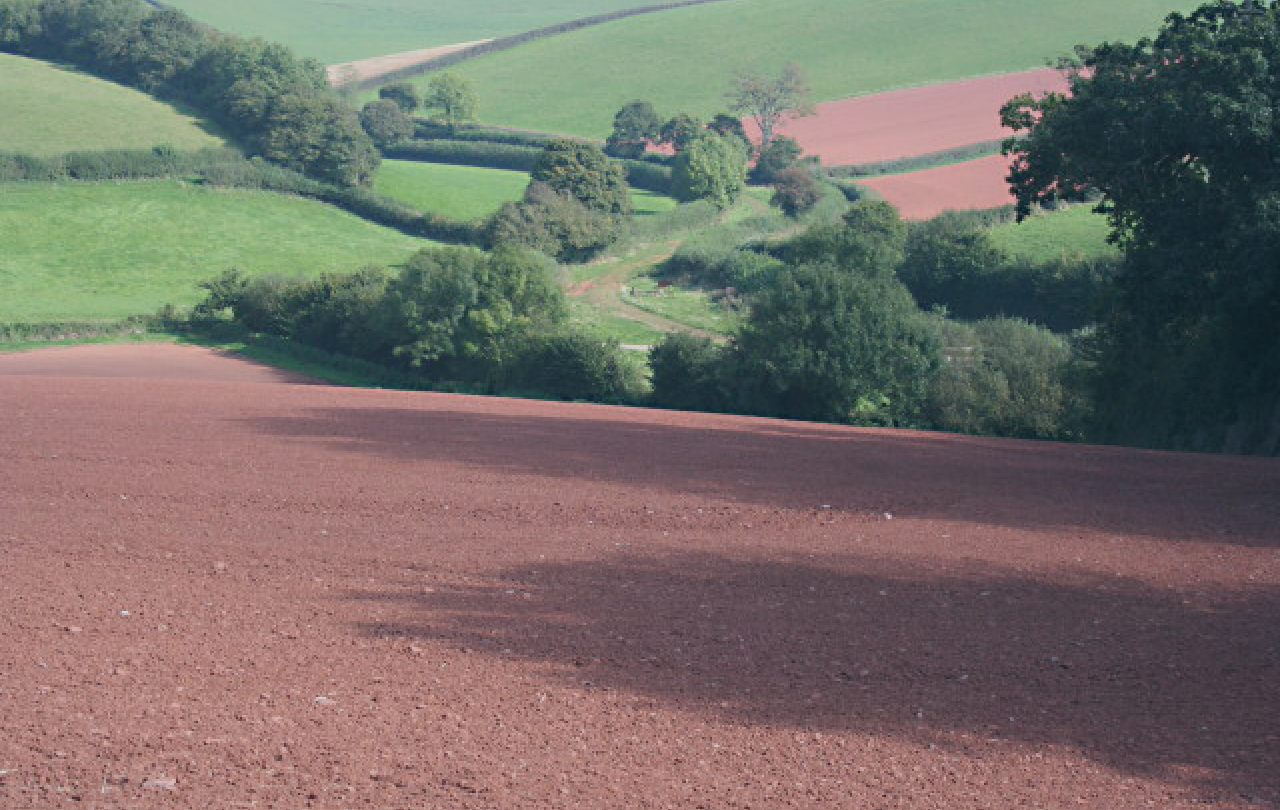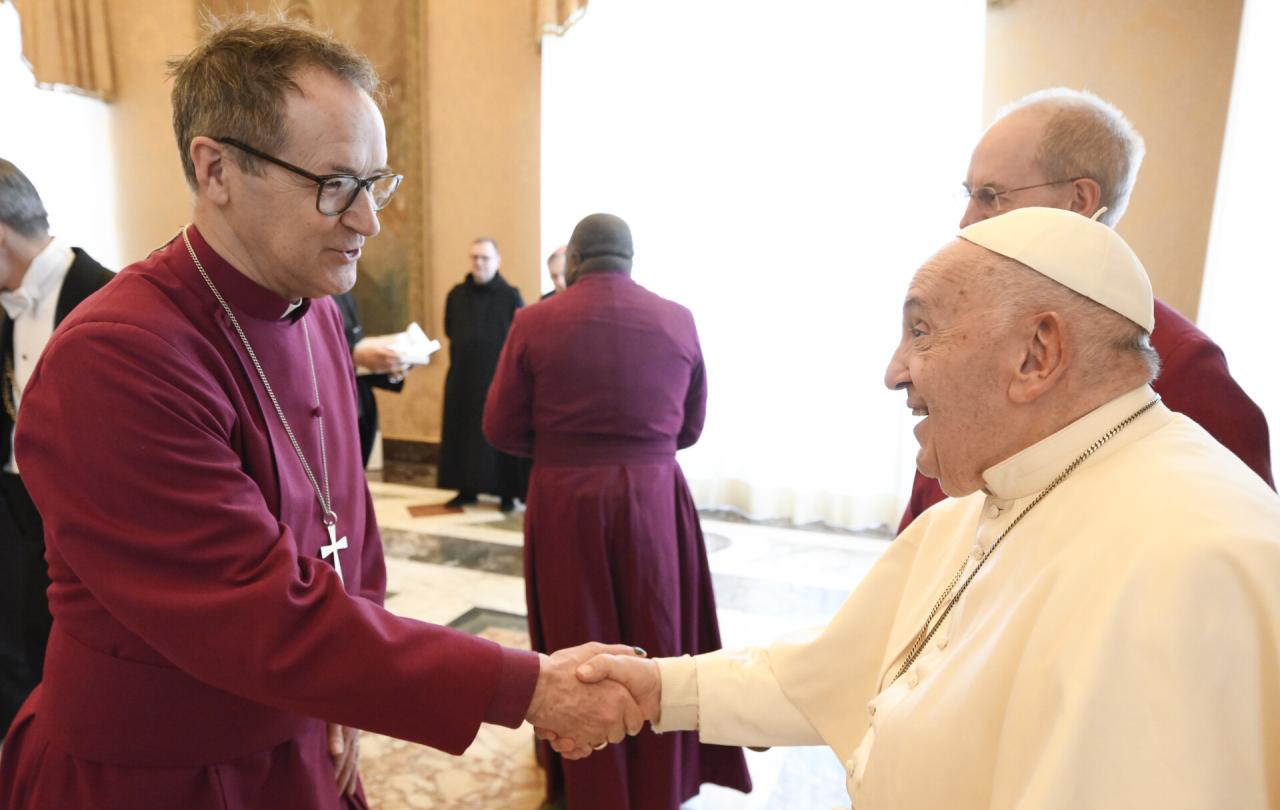
“Different places on the face of the earth have different vibrations, different polarity with different stars. Call it what you like, but the spirit of place is a great reality.”
I hoped it would be a David and Goliath story – big national developers, small local community, the community wins, the developers leave town. Instead, the application for almost 300 uninspired and loveless houses passed despite concerns over affordability, wildlife enhancement, and lack of green infrastructure. As an elected District Councillor, I spoke my concerns alongside residents. Some improvements were made, but the story is now a familiar one: the planning committee recognised the concerns, but felt their hands were tied – if they refused permission, the wealthy developer would appeal, and probably win, and our District Council would have to pay costs from its ever-dwindling budget.
Developers are invested financially in a place, but not relationally or ecologically. The land becomes a blank canvas; the otters, oaks and fertile soils are an inconvenience which can be replaced with some token tree planting and bat boxes afterwards, in the name of ‘development’ (a slippery idea that is often interpreted as profit rather than value). The layers of the place – of farming and memory, of community and care and stories through seasons – are invisible to distant developers, but not to those who have eyes to see.
I have been trying to see the layers in these Devon lands where the soils are red, and where the farmers are still “buried deep in their valleys, in undateable cob-walled farms…connected by the inexplicable, Devonshire high-banked, deep-cut lanes…” as poet Ted Hughes observed. Unearthing the layers of a place can lead to topophilia – a bond we feel with its emotion, memory, geography, heritage. I’ve felt pulled instantly to places before – Scottish islands, Zambian savannahs (the pull to Zambia eventually led me to live and work there, and now I feel folded into its red soils just as I am into the red soils of Devon). But I think topophilia is different, more gradual, a slow intertwining of roots as a place becomes known to us. Whether instant pull or slow-burning topophilia, I’ve been thinking about place, and why it matters.
When the global is often more glamorous than the quiet hush of the deeply rooted local, knowledge of and respect for place feels rebellious but vital.
God’s first words to humans were to Adam and Eve in the Garden of Eden near the Tree of Life: “Where are you?” They were hiding, ashamed of their nakedness. He could not find them. Where are you? In an increasingly remote and rootless age, with access to everyone and everything 24/7 yet loneliness still on the rise, perhaps this question is one to consider anew. When borderless corporations can be more influential than governments, and when the global is often more glamorous than the quiet hush of the deeply rooted local, knowledge of and respect for place feels rebellious but vital. Kentucky farmer and author Wendell Berry knows this:
“…one cannot live in the world; that is, one cannot become, in the easy, generalizing sense with which the phrase is commonly used, a "world citizen." There can be no such thing as a "global village." No matter how much one may love the world as a whole, one can live fully in it only by living responsibly in some small part of it. Where we live and who we live there with define the terms of our relationship to the world and to humanity.”
I have long admired Berry’s writing, and his choice to care for a patch of Kentucky land. His is no bucolic rural idyll – his, for decades, has been a cry for re-rooting and for neighbourliness, because “it all turns on affection” and because that is how the world is made and remade; through imperfect places and the encounters in them. We are situated in a landscape, and it is through this particularity that we engage with creation. We exist at the scale of human relationship, in this place, amongst these people, in this time. The grass may seem greener elsewhere, but the grass here is green nonetheless – and greener still when I stare at it, and get curious about it, and get to know the many years and hands that have tended it, and take part in tending it myself.
The cornerstone of the Christian story is that Jesus came into the world as a human. And humans exist in place. In the short documentary Godspeed, Alan Torrance – a giant, kilted, red-haired Scottish man – shared that the reason he came to believe in Jesus as an adult was not because of theology or preaching, but because of the scale of the map in the back of a Bible. The map depicted the area where Jesus lived – the north edge of the sea of Galilee. It was the same scale as the place Alan lived in Scotland. He knew that relationship and community mattered (“we’re not rich folk, but to me you’re poor if you cannot offer hospitality”) – he knew that Jesus would have been found out if he were a fraud. God didn’t just come into the world; he came into a place built on relationships. It wasn’t theology that changed Alan’s mind about Jesus, it was a map of a particular place.
Nature writing… a genre that explores the natural world, often through authors’ relationship to particular places, and often touching on the numinous and unseen.
In the Bible and I think in life, God – or some sense of the divine – is often encountered not only in a particular place, but in the natural world there – a garden, a burning bush, a desert wilderness. Throughout the Bible from Genesis on, we are called in different ways to care for the natural world, to treat it as a gift, to treat it as if God might be found there. But it is often the secular world that most passionately calls us to reconnect, to care, to pay attention to the natural world. I’ve seen this in campaigns, in popular media, and in ‘nature writing’ which takes a prominent place in bookshops; it’s a genre that explores the natural world, often through authors’ relationship to particular places, and often touching on the numinous and unseen. The Bible could easily be classified as nature writing, or place writing, or poetry – writing of wonder that might re-enchant us in a tired age – but instead it is restricted to the religion or theology shelves, and its wild rooted transcendence goes unheard by people of faith and no faith.
That rooted transcendence that I see in the Bible is something I see in the places I know too. The root of the world ‘parish’ links to both ‘neighbour’ and ‘soujourner’ – ideas that speak simultaneously of being here and reaching beyond. My parish in Devon asks me to listen, to know, to be known – to be a neighbour. But it also asks me to use the nourishment of these deepening roots to reach, to not cling too tightly to ideas of ownership, to face the world and offer love. Berry says,
“I take literally the statement in the Gospel of John that God loves the world. I believe that the world was created and approved by love, that it subsists, coheres, and endures by love, and that, insofar as it is redeemable, it can be redeemed only by love. I believe that divine love, incarnate and indwelling in the world, summons the world always toward wholeness…"
I think knowing our place is important today – because it roots us, and asks us to play our part in the ongoing incarnation of love.
The wholeness and healing of the world depends on love incarnate and indwelling. Love is not a theology, or a card on Valentine’s day, or any of the other packages it gets squashed into. Love created the world, and has the power to keep doing so if we let it. Love dwells incarnate in a place, in the people and encounters in that place – it can be messy and confronting as well as life-giving and transforming. We draw from and add to its deep well, and by doing so, heal the world starting right where we are. That’s why I think knowing our place is important today – because it roots us, and asks us to play our part in the ongoing incarnation of love, and so in the ongoing becoming of the world.
My discovering the world has included travelling and working throughout it – but now the discovery comes through a small imperfect parish in a district in Devon that is shining and struggling all at once, where stories run deep. My husband and I and our soon-to-arrive baby are beginning to hear them. I feel layers of emotion, history, and memory here; I am trying to invest in its hope and reality, to be present in its here-ness and now-ness. I will always love visiting new places and feel a pull to other places. But in this place, when I look and listen and know and be known, I find love indwelling and incarnate. It’s in the hedges, the neighbours, the birds that sit and sing about things we can’t hear, the communities that come together to resist placeless loveless development. It’s in the foodbank, the fields, the relationships that can start off challenging but which soften and deepen over time and despite difference. At a time when I think God is asking us again “where are you?” how good to be able to answer, here, in this imperfect place, where love dwells.





